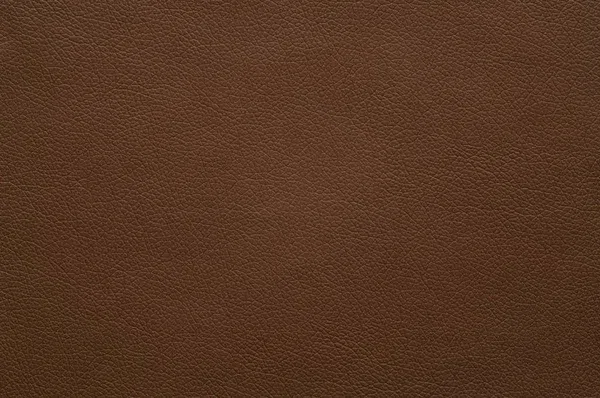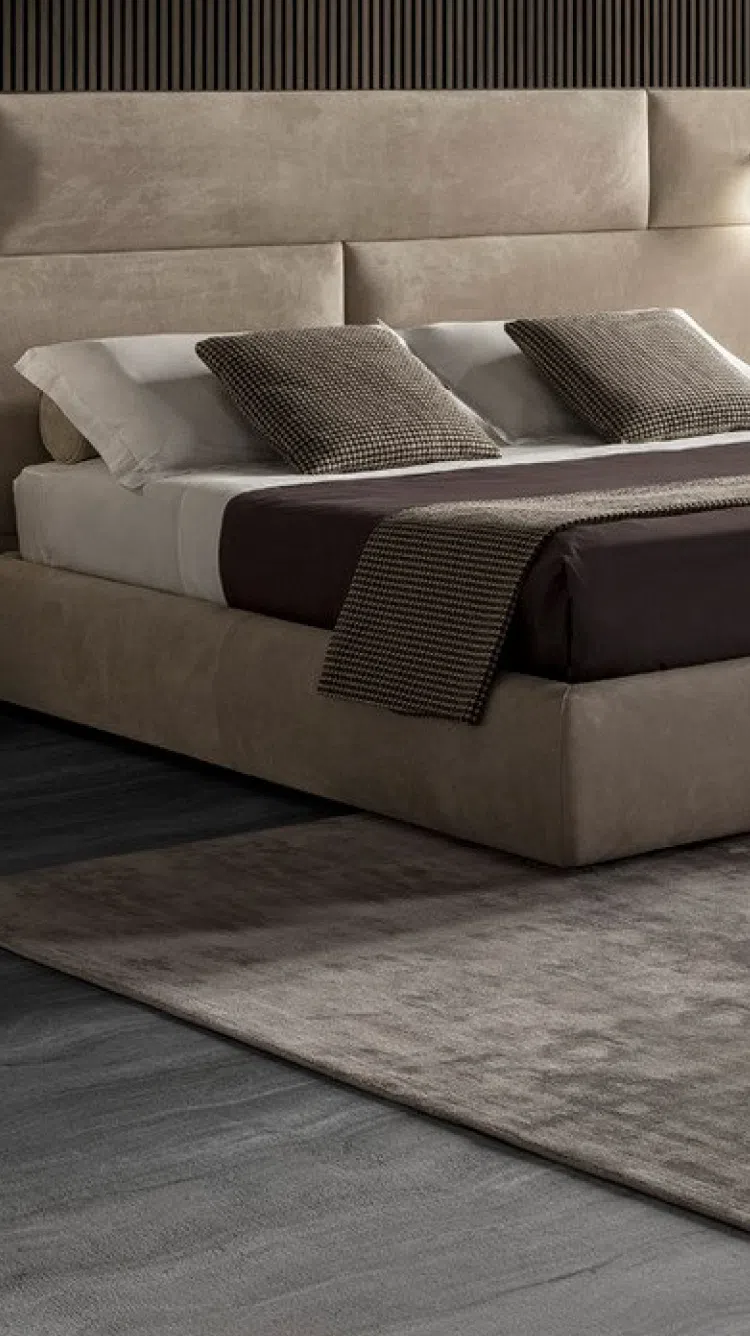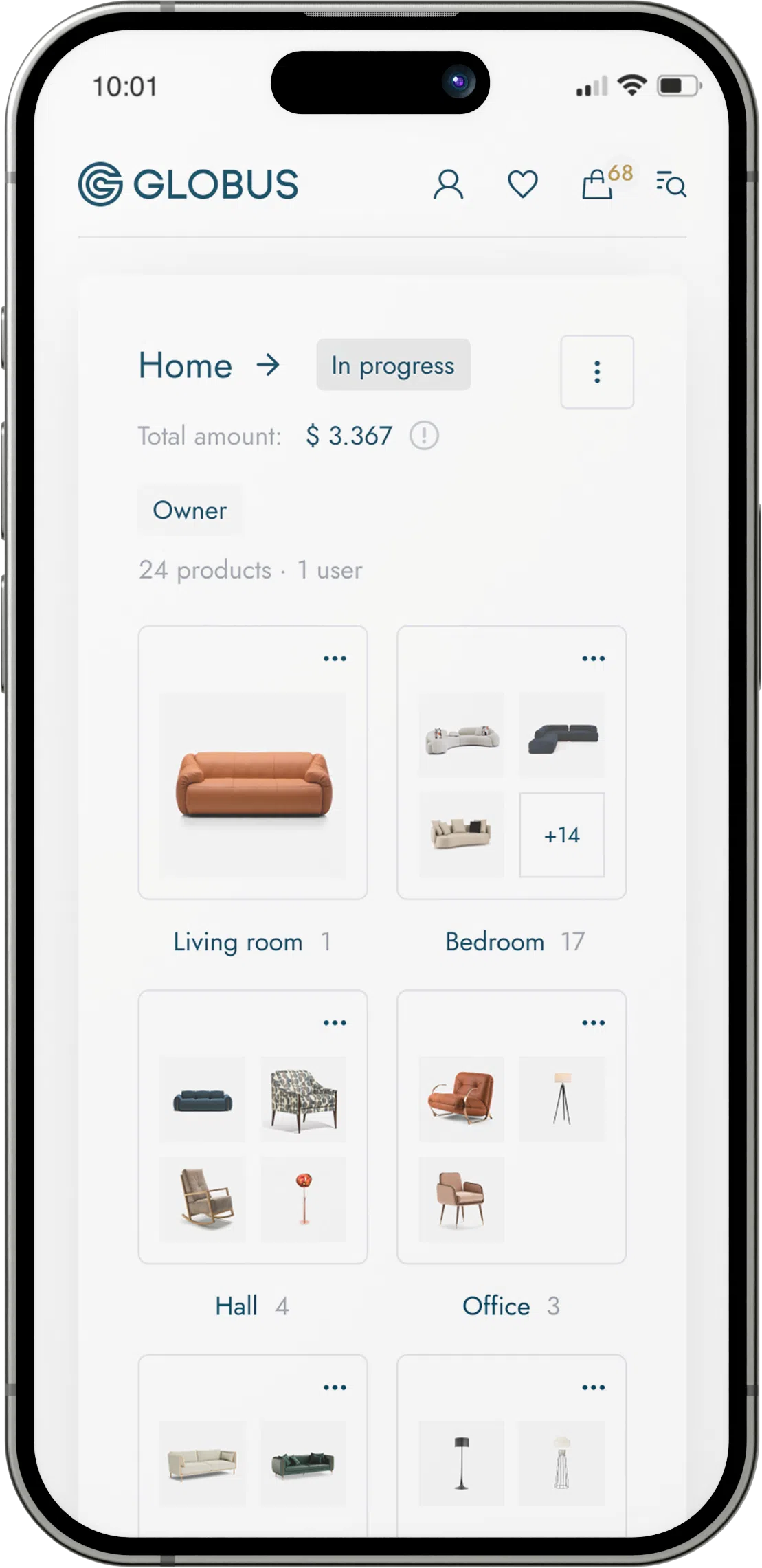
Silicone leather, often referred to as silicone faux leather or just silicone leather, is a synthetic leather alternative made primarily of silicon, a natural element that is abundant in sand and quartz. It is an innovative material that has become increasingly popular due to its durability, eco-friendliness, and versatility as a leather substitute.
Composition and Production:
Silicone leather is made from a base of silicone polymers, which are engineered to create a flexible, resilient product. The process begins with silicon and carbon-based materials that undergo polymerization to form polydimethylsiloxane (PDMS), the principal component of silicone rubbers. This base is then coated onto a fabric substrate, which gives the silicone leather its structure and strength.
The coating process can vary but typically involves applying multiple layers of silicone to the substrate, ensuring proper thickness and uniformity. The surface of the silicone leather can be textured to mimic the look and feel of natural leather grains or other desired finishes.
Properties:
Durability: Silicone leather is known for its high resistance to wear and tear, making it suitable for heavy-duty applications. It is not prone to cracking or peeling like some other synthetic leathers.
Water Resistance: This material is inherently waterproof, making it easy to clean and maintain. It also resists stains, spills, and can be easily wiped down or sanitized.
Eco-Friendly: Silicone is considered more environmentally friendly than both traditional leather and other synthetic leathers, like PVC (polyvinyl chloride) or PU (polyurethane), as it doesn’t produce harmful by-products during its manufacture, and disposal is less damaging to the environment.
Temperature Resistance: Silicone maintains its properties across a wide range of temperatures, which means it doesn’t become brittle in cold weather or soften significantly in the heat.
Hypoallergenic and Non-Toxic: Being chemically inert, silicone doesn't off-gas toxic fumes, and it's less likely to cause allergic reactions, making it suitable for applications where skin contact is frequent.
Applications:
Silicone leather is used in a variety of applications, from fashion to automotive interiors and medical devices. In the furniture industry, silicone leather is an excellent choice for upholstery due to its durability and ease of maintenance. It is especially ideal for outdoor furniture, children’s furniture, and commercial seating where cleanliness and longevity are top priorities.
In fashion, it's used in accessories like bags, shoes, and jackets. In the automotive industry, it can be applied to car seats and interior trims, while in healthcare, its cleanability and resistance to bacteria make it perfect for hospital beds and other equipment.
Comparison with Other Materials:
Compared to genuine leather, silicone leather is cruelty-free and may be preferred by those looking for vegan alternatives. While it doesn’t have the same natural variations and patina development as animal leather, it comes close in terms of tactile sensation and can be more consistent in appearance.
In comparison to other synthetic leathers, silicone leather is free of phthalates and plasticizers, substances commonly found in PVC leather that can be harmful to both health and the environment. It is also more durable and stable than PU leathers, which can degrade over time due to hydrolysis.
Overall, silicone leather represents a compelling choice for consumers and manufacturers looking for a high-performance, sustainable, and versatile material for a wide range of applications.


